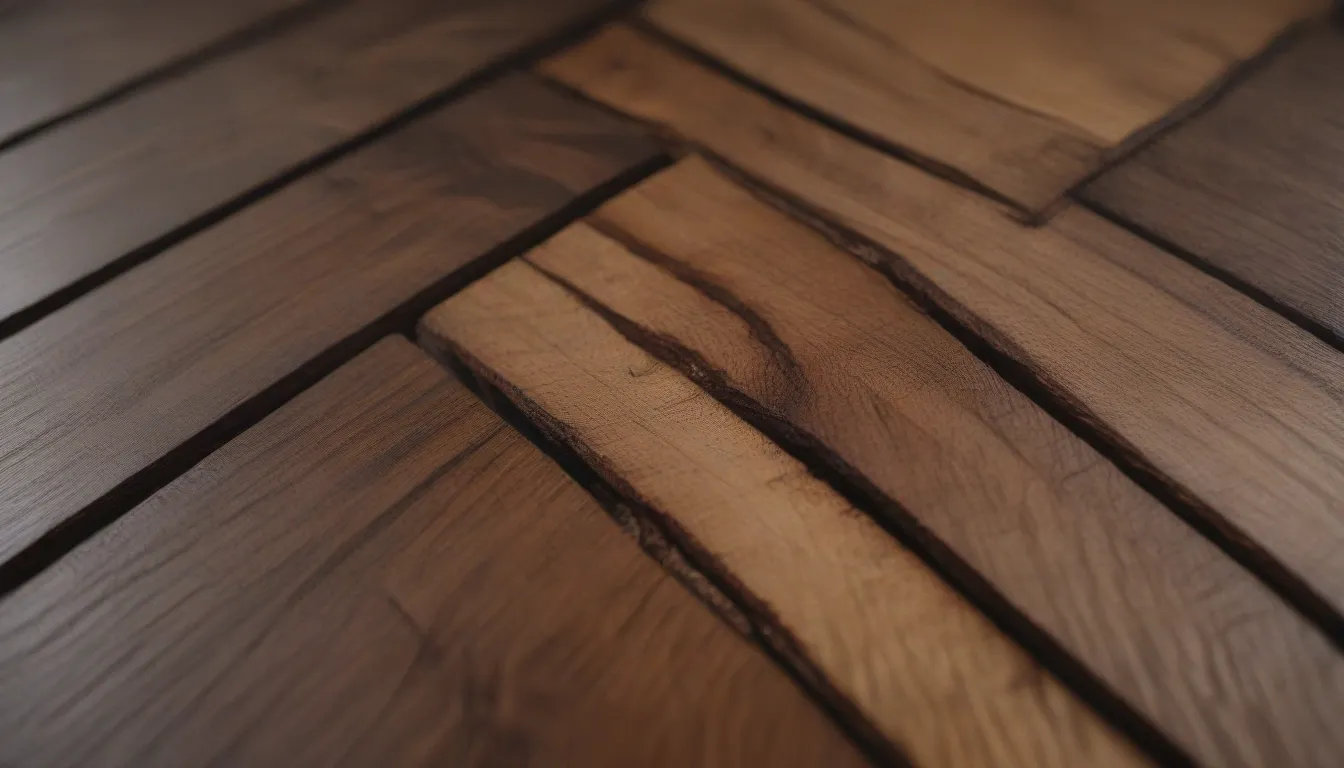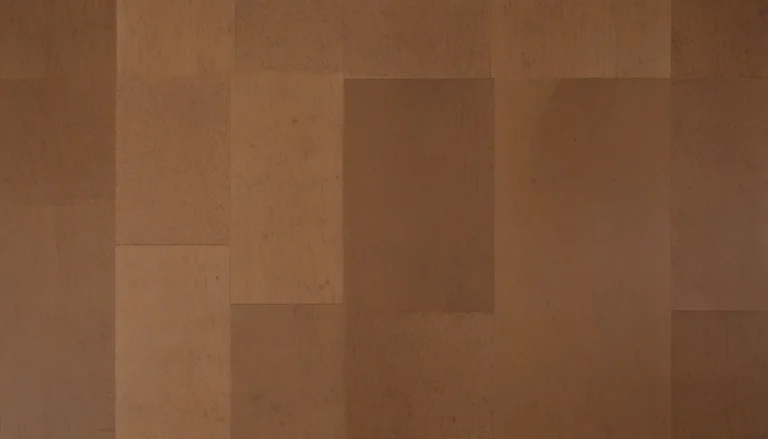An In-Depth Guide to Types of Wood Finishes and How to Choose the Right One

Wood finishes play a crucial role in protecting your woodworking projects, whether it’s a beautiful piece of furniture, a sturdy fence, or any other wooden creation. Without a proper finish, wood is susceptible to damage from UV radiation, rain, high humidity, and other environmental factors. In this detailed guide, we will explore the different types of wood finishes available, their characteristics, and how to choose the best one for your specific project.
Understanding Wood Finishes
Wood finishes can be broadly categorized into two main types based on their interaction with the wood and the level of protection they offer:
1. Penetrating Wood Finishes
Penetrating wood finishes, such as tung oil, linseed oil, Danish oil, and cedar oil, penetrate deep into the wood fibers to provide protection against drying, cracking, swelling, and rotting. These finishes give wood projects a more natural appearance and are suitable for a wide range of applications.
Examples of Penetrating Oils:
- Tung oil: Offers a durable finish that enhances the natural beauty of the wood.
- Linseed oil: Provides a warm, matte finish and is suitable for indoor projects.
- Danish oil: Combines the benefits of oil and varnish for a durable finish.
- Cedar oil: Ideal for outdoor projects due to its resistance to moisture and insects.
2. Surface Wood Finishes
Surface wood finishes, such as varnish, polyurethane, shellac, lacquer, and wax, form a protective layer on the surface of the wood, providing enhanced durability and resistance to wear and tear.
Examples of Surface Wood Finishes:
- Polyurethane: A durable option for indoor projects, offering protection against scratches and water damage.
- Shellac: Provides a mellow finish that highlights the natural grain of the wood.
- Lacquer: Combines various finishes for superior protection and a glossy appearance.
- Varnish: Specifically designed for outdoor use, offering UV and moisture resistance.
- Wax: Easy to apply and ideal for fine furniture and hardwood floors.
Factors to Consider When Choosing a Wood Finish
When selecting a wood finish for your project, consider the following factors to ensure the best results:
1. Durability and Resistances:
- Evaluate the level of protection against UV radiation, moisture, scratches, and other environmental factors.
- Choose a finish that is suitable for the specific conditions your project will be exposed to.
2. Ease of Use:
- Consider the application method and compatibility with your skill level.
- Some finishes are easier to apply than others and require minimal preparation.
3. Application Method:
- Determine whether you need a finish that can be applied with a brush, sprayer, cloth, or other tools.
- The application method can impact the overall appearance and durability of the finish.
4. Appearance:
- Consider the final look you want to achieve, whether it’s a natural finish, glossy finish, or a specific color.
- Different finishes offer varying levels of sheen and tint options to enhance the wood’s appearance.
5. Drying Time:
- Factor in the drying time required for the finish to cure completely.
- Ensure that the drying time aligns with your project timeline and schedule.
How to Choose the Right Wood Finish
Choosing the right wood finish requires careful consideration of your project’s specific needs and the desired outcome. Here are some tips to help you make an informed decision:
-
Research the Options: Take the time to research the different types of wood finishes available, including their benefits, drawbacks, and application methods. Consider the risks associated with each product, such as flammability or toxic fumes, and ensure you have the necessary safety equipment before starting.
-
Consider the Project: Determine the type of project you are working on and the level of protection it requires. For outdoor projects, choose a finish that offers UV and moisture resistance, while indoor projects may require a more durable finish for everyday use.
-
Evaluate the Appearance: Decide whether you want to maintain the natural look of the wood or enhance it with a specific color or finish. Stains and paints offer a wide range of color options, while oils and waxes provide a more natural appearance.
-
Think About Maintenance: Consider the level of maintenance required for the chosen finish. Some finishes may need to be reapplied periodically to maintain their protective properties and appearance.
-
Test Before Applying: Before applying the finish to your entire project, test it on a small, inconspicuous area to ensure it produces the desired result. This will help you avoid any unexpected outcomes once the finish is applied to the entire project.
By considering these factors and following these tips, you can choose the right wood finish for your project and ensure that your woodworking creations are protected and preserved for years to come.
In conclusion, selecting the right wood finish is essential for maintaining the beauty and longevity of your woodworking projects. By understanding the different types of wood finishes available, considering important factors such as durability, application method, and appearance, and following best practices for choosing and applying the finish, you can achieve professional results and enjoy your woodworking creations for many years. So take the time to research, test, and choose the best wood finish for your next project, and watch as your creations shine with beauty and durability.





